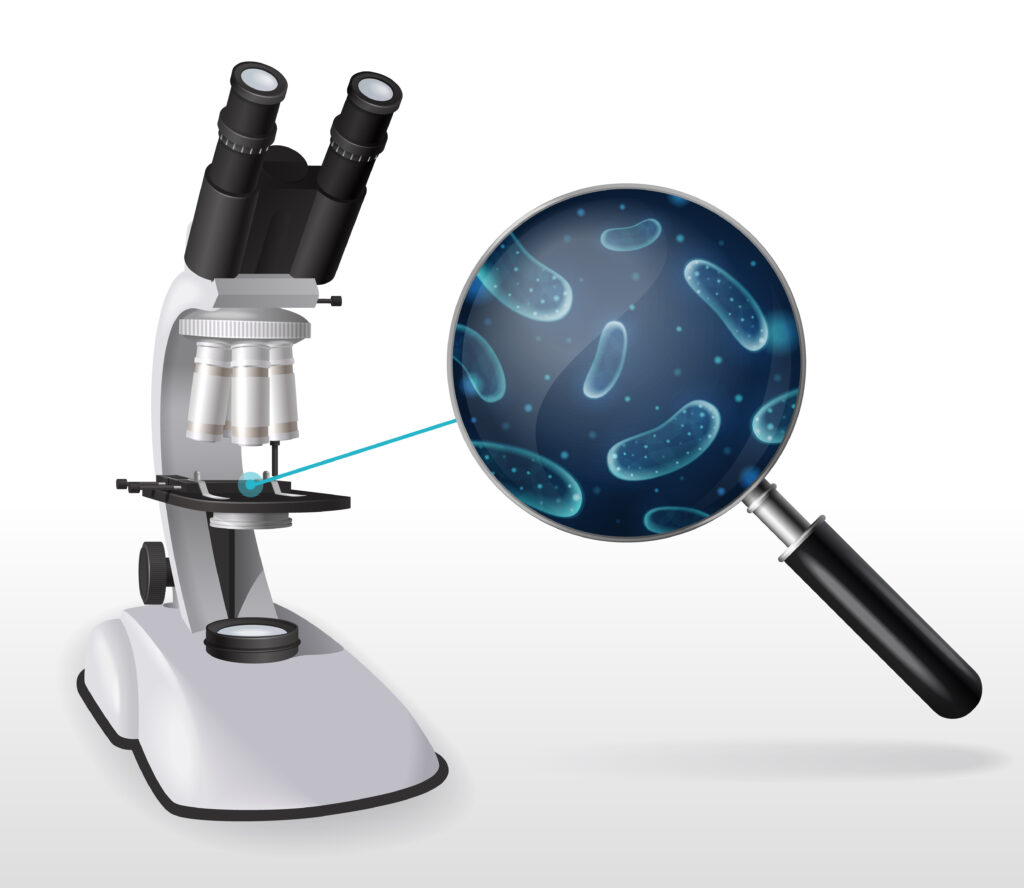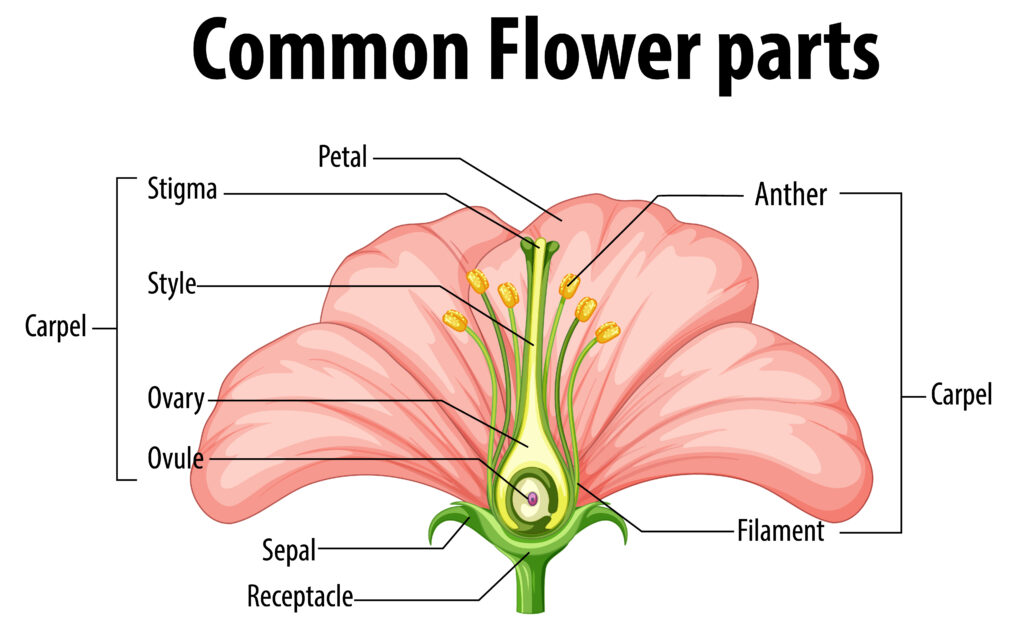Biology Lab: Ecosystem Studies
Explore key ecological concepts through hands-on simulations. This game will guide you through the protocol for analyzing soil properties and help you understand the food web dynamics of a pond ecosystem.
Help & Instructions
▼- Soil Protocol: Drag and drop the steps to put them in the correct order for measuring soil properties.
- Pond Ecosystem: Match the pond organisms to their ecological roles in the food web.
- Use the hint button if you need help with a puzzle.
- Explain how to measure soil pH and water-holding capacity.
- Identify key organisms in a pond ecosystem.
- Describe the trophic levels and energy flow in an aquatic food web.
- Appreciate the interconnectedness of different ecological components.
Soil Properties Protocol: Order the Steps
Arrange the steps for testing soil pH and water-holding capacity in the correct order.
Pond Ecosystem: Match the Roles
Match each pond organism with its ecological role in the food web.
An **ecosystem** consists of all the living organisms and their non-living physical environment interacting as a system. Studying soil properties and a pond's food web helps us understand how these components are interconnected and how matter and energy flow through different ecological systems.
Key Ecological Concepts
- **Soil pH:** Measures the acidity or alkalinity of the soil, which greatly influences nutrient availability and microbial activity. It's often measured using universal pH indicator paper.
- **Water-Holding Capacity:** This refers to the ability of soil to hold water. It is a key factor for plant growth and is determined by soil texture. It can be measured by comparing the weight of a wet soil sample to its dry weight after draining.
A pond is a miniature ecosystem with a diverse community of organisms. The **food web** illustrates the feeding relationships.
- **Producers:** Organisms like algae and aquatic plants that produce their own food through photosynthesis.
- **Primary Consumers:** Herbivores that feed on producers (e.g., snails, tadpoles).
- **Secondary Consumers:** Carnivores that eat primary consumers (e.g., small fish, frogs).
- **Decomposers:** Organisms like bacteria and fungi that break down dead organic matter.



